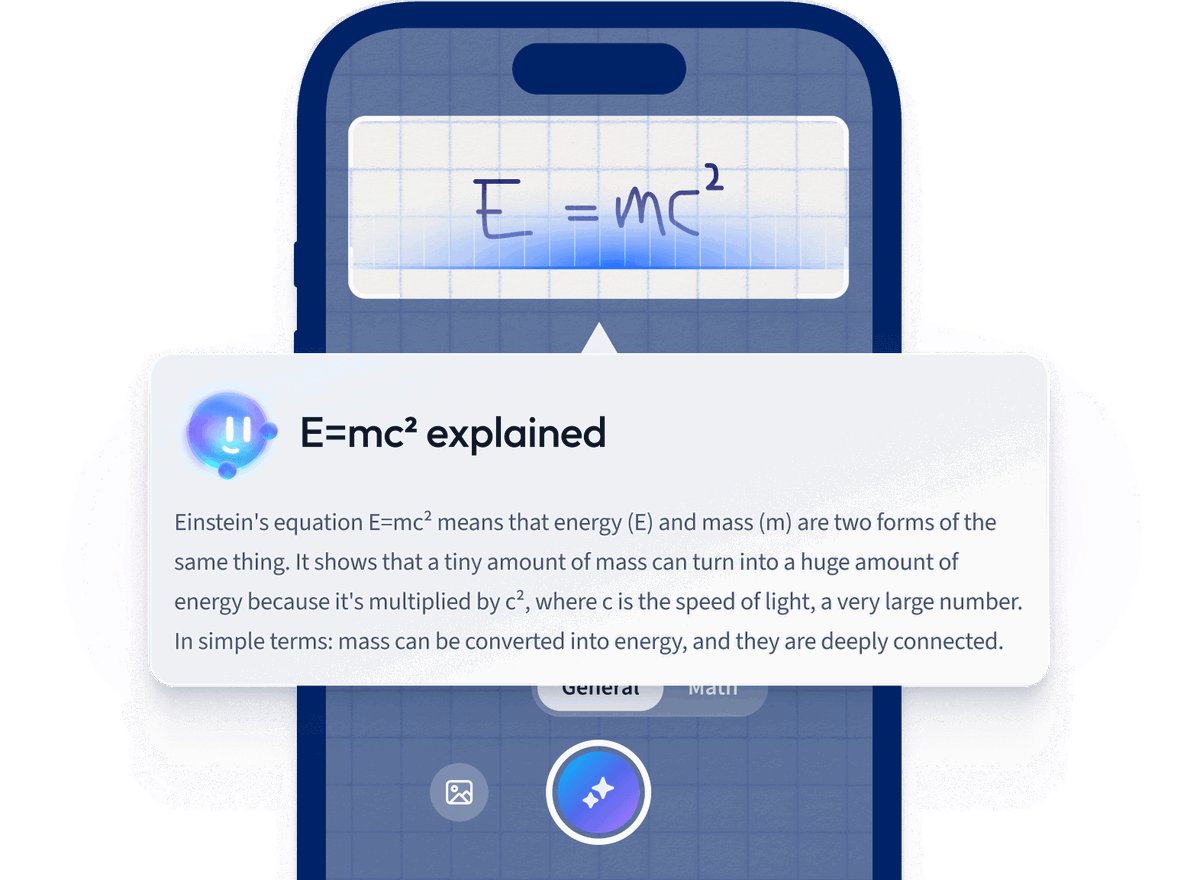What are examples of Italian deictic expressions and how are they used in sentences?
In Italian, deictic expressions include "questo/questa" for "this", and "quello/quella" for "that". They're used in sentences such as "Questo libro è interessante" (This book is interesting) and "Quella macchina è nuova" (That car is new), referring to objects in relation to the speaker's position.
How do Italian deictic expressions vary in meaning depending on the context in which they are used?
In Italian, deictic expressions alter their meaning based on context, including the speaker's location, the time of the conversation, and the relationship between the speaker and listener. Words like "questo" (this) or "quello" (that) shift in significance depending on physical proximity or temporal distance being referenced.
What is the role of gesture in communicating Italian deictic expressions effectively?
Gestures play a crucial role in conveying Italian deictic expressions, enhancing verbal communication by adding emphasis and clarity. They help indicate direction, proximity, or reference specific objects or persons, allowing speakers to express nuances that might not be fully captured through words alone.
How do Italian deictic expressions reflect differences between spoken and written language in terms of usage and interpretation?
Italian deictic expressions differ in usage and interpretation between spoken and written language primarily in their reliance on context; spoken language allows for more immediate contextual clues and physical gestures, whereas written language often necessitates more explicit clarification of referents to avoid ambiguity.
How do Italian deictic expressions differ from those in other Romance languages in terms of form and function?
Italian deictic expressions often share similarities with those in other Romance languages in form and function, reflecting their Latin roots. However, nuances in usage, such as the context-specific use of "ci" and "vi" for locations, or the inclusion of gender and number agreements in demonstratives, may vary, offering subtle distinctions.










